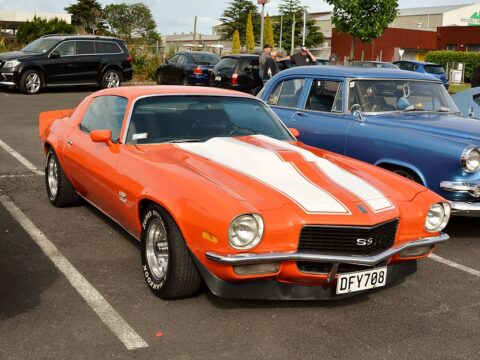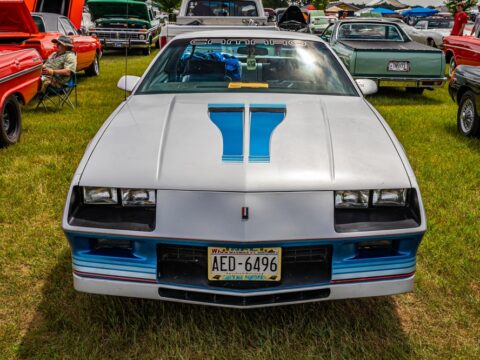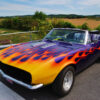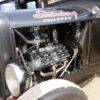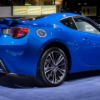The Pontiac Firebird wasn’t a sportscar that was supposed to happen. However, when John DeLorean pitched the two-seat Banshee concept to the big-heads at GM, he got declined – many times. The brass isn’t always right, but in this case, it worked out incredibly well for Pontiac.
GM was fishing for a sportscar to rival the Ford Mustang. Pontiac had to compete somehow, so DeLorean finally caved.
Built on the F-car platform, the Firebird needed an extra six months – per DeLorean’s request – to complete. And it worked for a solid 35 years, enduring four generations. Now, the Firebird is a staple of any classic car show and is an undeniably cool pop culture icon.
Look at that Firebird sitting in your garage. How much do you know about it? You’ll know a little bit more after you read through these 10 fun facts every Firebird owner should learn.
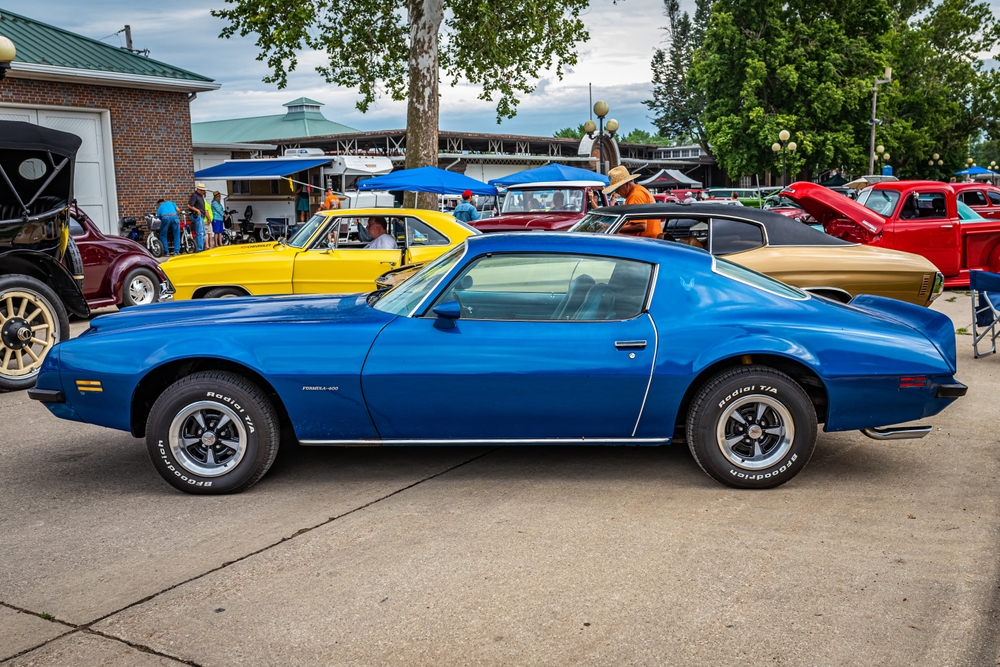
Contents
The Firebird Logo Didn’t Grace the Hood Until 1973
The easiest way to identify a Firebird is by the massive screeching bird with tis wings extended decaled on the hood. This logo was made in 1970 by Norm Inouye and Bill Porter, but it took some urging from John Schinella to get it put onto the hood in 1973.
And, even then, it was just an option. Coded WW7, this decal carried at $55 price tag. People loved The Screaming Chicken, and it became a signature design element until 1981, at which point it once again became optional on the third generation Trans Am.
The First Airbag Was Added in 1990
Safety designs were changing in the late 1980s and early 1990s. Technology itself was somewhat clunky, and the Firebird ended up needing a totally redesigned steering wheel and column. Horns were placed to the side as opposed to in the middle.
Why? That’s because a new airbag was added to the steering wheel. This same airbag design was included in the Esprit, as GM also owned Lotus at that point.
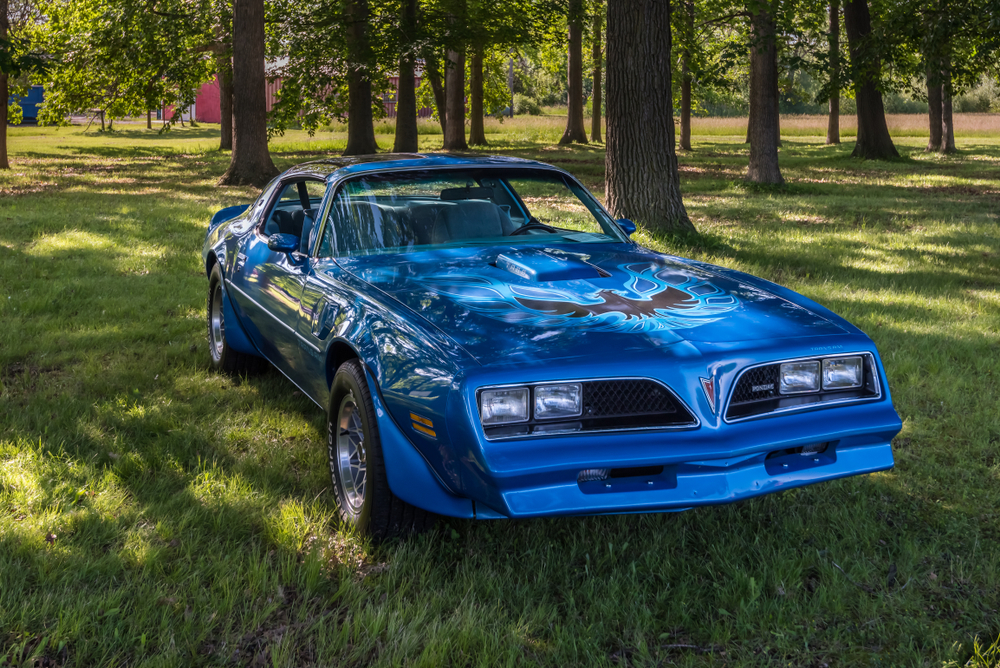
The Most Powerful Firebird
Ever wonder which Firebird is the strongest in terms of factory horsepower and torque? That honor goes to the 1969-70 Trans Am equipped with an optional Ram Air IV. This V8 was a 400-cubic inch masterpiece that made 345 hp and 430 lb-ft of torque. GM never made a Firebird engine that topped 400 hp, but this one sure came close.
In 1991, you could opt for code B4U to transform a Formula into the SLP Firehawk with its modified L98 350-cubic-inch V8 engine from Street Legal Performance. This Firehawk had 360 hp and 390 lb-ft of torque, and only 25 units were ever made.
The Weakest Firebird
The Firebird had some seriously sluggish iterations throughout its four-generation run. So, which one was the most unbearably slow?
That distinction goes to the LQ9 2.5-liter four-cylinder, which was made in 1985. Who would have thought that a Firebird could only generate a measly 88 hp? It wasn’t on-brand for the Firebird, and that’s why these models tend to get modded with more powerful engines.
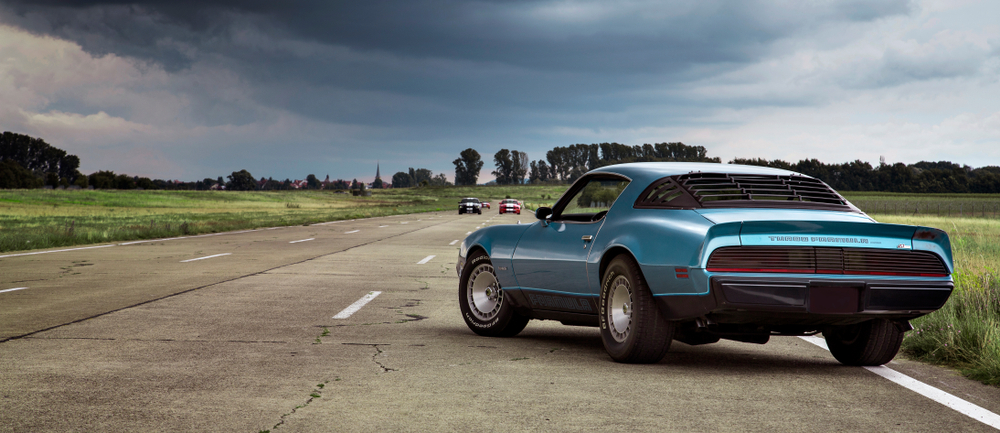
The 1989 20th Anniversary Indianapolis 500 Pace Car Trans Am Featured the First Buick Engine
The 1989 20th Anniversary Indianapolis 500 Pace Car Trans Am was the first Firebird to use a Buick engine – and not just any Buick engine, but the 3.8-liter turbo V6. This is the same engine utilized in the GNX and Grand National.
This Buick V6 put forth 245 hp and 340 lb-ft of torque, which, at the time, made this Firebird the fastest ever made. Each of the 1,500 units came with a standard tan-and-white interior. There was a naturally aspirated V6 from Buick that served as a base engine from 1977-81, and it only made 105 hp.
The Non-Trans Am with the Most Value
We all know that a Firebird Trans Am can still hold a lot of value, but the 1973-74 Formula and Trans Am both had a sturdy Super Duty 455 engine. This performance-oriented engine made 310 hp at its max, which was in 1973, dropping to 290 hp in 1974.’
Muscle cars seemed to be going out-of-style in those years, as only 43 units were made in 1973 and 58 in ’74. They came with the Trans Am’s rear spoiler and shaker hood scoop, but it lacked the unique Trans Am mods.
If you can find a 1973 SD Formula in top condition, you will have to fork over somewhere around $150,000. Otherwise, plan on buying a fixer-upper and doing a rebuild.
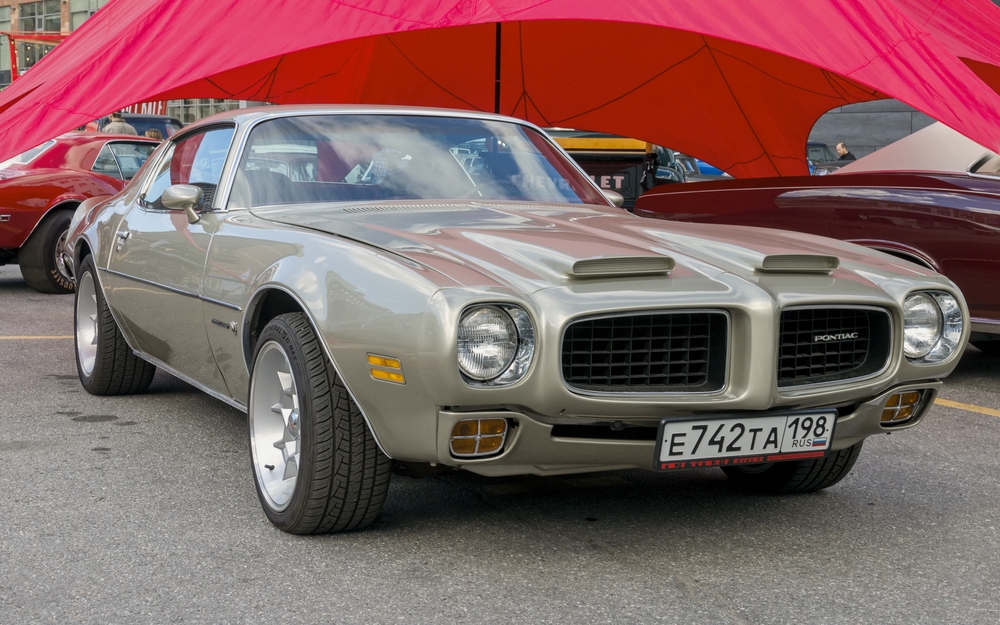
The Advent of the Trans Am
Pontiac released the first Trans Am as well as the 1969 GTO Judge, debuting at the Riverside Raceway on December 8, 1967. This Trans Am paired the Sprint Turismo’s beefy 6-cylinder with aspects of the Firebird 400 and plopped a 400-cubic-inch V8 into the showroom models. Each unit was painted with blue and white racing stripes.
The first Trans Am featured fender vents, a dual-scooped hood, and a Gene Winfield and Harry Bradley designed rear spoiler for a real sense of flair. Back then, the Trans Am started at $724.60, and 697 were built for the 1969 model year. 55 of those units bore the available Ram Air IV engine.
The Rarest Trans Am Tops $1M
Second-gen Trans Am prices have skyrocketed in recent years – there’s no doubt about that. However, if you want to spring for a 1969 Trans Am convertible, you have to be a millionaire. No, really – it sells for about $1.2M in great condition.
Why is it so expensive? The rarity factor. Pontiac only made eight of them, four of which had four-speed transmissions. All came with a 335 hp 400 HO engine. They’re every collector’s dream car but trying to get your hands on one might be a bit nightmarish due to their rarity.
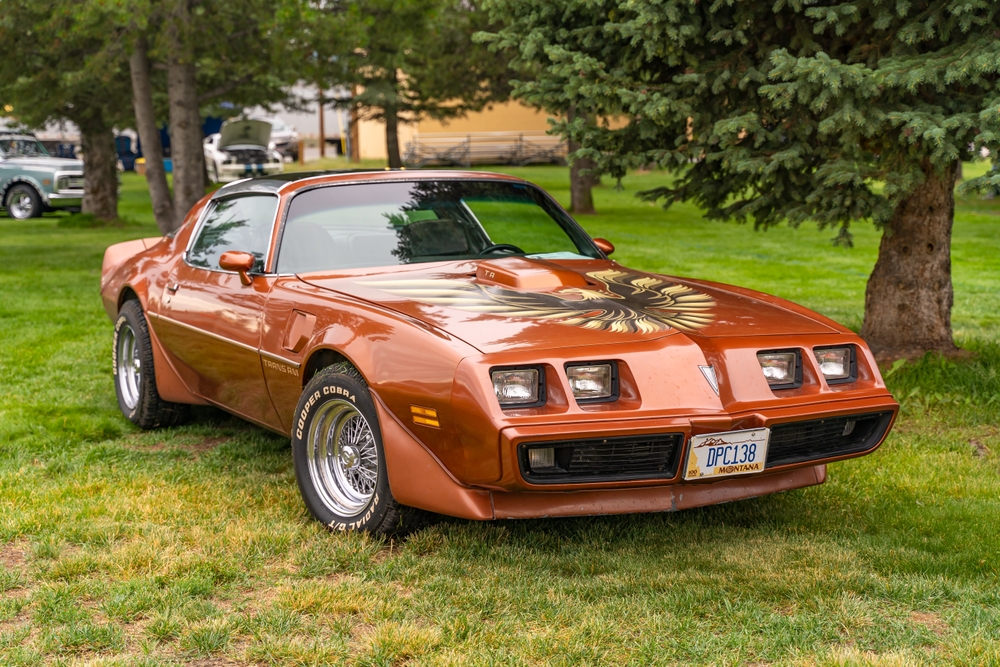
The Best – and Worst – Selling Model Years
The Pontiac Firebird really hit its stride by the late ‘70s, with 211,454 being sold in 1979. Oh, and that was the year that the Trans Am topped out at 117,109 units sold.
Unfortunately, the early ‘90s weren’t as kind to the Firebird. Its fourth generation experienced a failure to launch with only 14,112 units sold in 1993. 5,005 Firebirds, 5,121 Trans Ams, and 3,986 Formulas sold that year. However, sales went up to almost 46,000 units in 1994, which was nearly double the sales made in 1992.
The First Appearance of the Open Top
The Firebird did not get an open-top roof until 1976, about eight years after GM started making the T-top standard on the Corvette Coupe. There was a commemorative 50th Anniversary limited edition called the Black and Gold. It was supposed to have two removable Hurst panels incorporated into its design. However, issues during production led to only 643 of these units being manufactured.
The Pontiac Firebird had an incredible run full of unique styling elements and constant changes in equipment and specs. GM had a lot of stiff competition in this segment, but, for the most part, they managed to produce some stellar sportscars that are popular at car shows to this very day.

